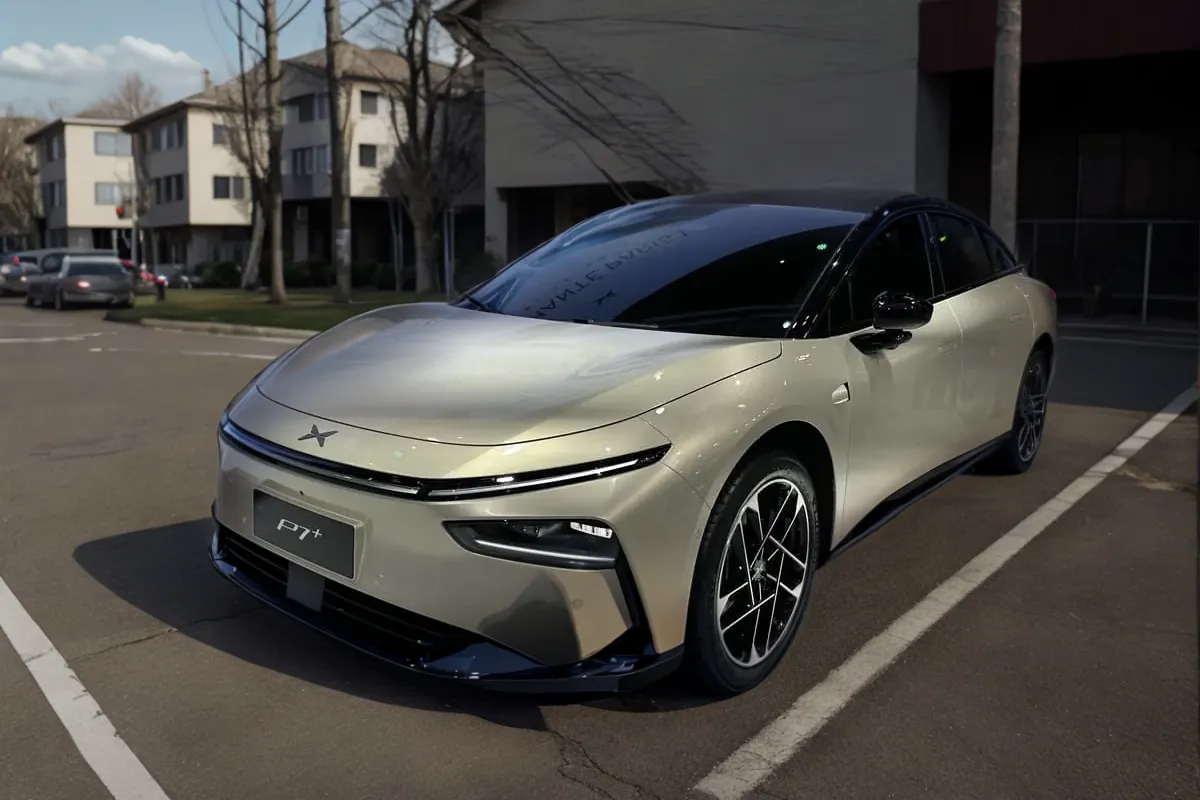CommaFast presents a deep dive into a groundbreaking transformation in automotive display technology. In a bold move that could redefine the future of the in-car experience, technology giants Huawei and Xpeng have teamed up to replace traditional dashboards with an integrated, augmented reality (AR) display system.
A New Era in In-Car Display Technology
Imagine driving without the clutter of conventional screens—where key information seamlessly appears on your windshield in crisp, dynamic overlays. This is precisely what the latest AR heads-up display (HUD) from Xpeng, developed in collaboration with Huawei, promises to deliver. By integrating advanced AI algorithms with state-of-the-art hardware, this system projects crucial driving data such as navigation details, vehicle speed, safety alerts, and more directly within your natural line of sight. This approach not only modernizes the vehicle cockpit but also places safety and convenience at the forefront of its design.
Huawei’s vision is to phase out traditional screens entirely, making the system a core component of the overall smart driving experience. By doing so, the collaboration aims to resolve common challenges such as display clutter and potential driver distraction, ensuring that critical information is accessible while keeping the driver’s focus directly on the road.
Merging AI with AR for Intelligent Driving
This innovative partnership leverages Huawei’s optical expertise and Xpeng’s advanced autonomous driving algorithms. The result is an AR system that does far more than merely displaying data—it dynamically interprets driving conditions to offer real-time, context-aware feedback. For example, the system can project lane guidance directly onto the windshield, alert drivers to nearby vehicles, and even provide early warnings when adverse conditions such as fog or heavy rain limit visibility.
By bridging the gap between digital information and the physical world, the new AR HUD creates an immersive driving experience. This seamless integration helps prevent the need for drivers to shift their gaze away from the road, thereby reducing reaction times and enhancing safety. Additionally, the system’s ability to tailor its outputs to specific driving scenarios means that it can cater to a wide range of conditions, delivering personalized assistance that makes every journey safer and more intuitive.

Technical Mastery: The Specs That Stand Out
At the heart of this technology is a display system designed not only for clarity but also for performance under varied environmental conditions. Consider the following technical specifications that underscore its revolutionary design:
| Feature | Specification |
|---|---|
| Display Projection Size | 87-inch virtual display area |
| Brightness | Up to 12,000 nits |
| Contrast Ratio | 1,800:1 |
| Latency | 100 milliseconds |
| Virtual Image Distance | Optimally set at 10 meters |
| Distortion Correction | Less than 1% deviation |
Such specifications ensure that the display remains visible and accurate in a range of lighting conditions while preserving the natural view of the road. The fusion of ultra-high brightness with precise contrast levels delivers an experience where every detail is crisp, even under the harsh glare of sunlight.
Enhanced Safety and User Comfort
Beyond its technical prowess, the AR HUD is engineered with the driver’s well-being in mind. The innovation incorporates sophisticated distortion correction algorithms and predictive AI functions that work together to minimize user fatigue and potential dizziness—a common drawback in traditional HUDs. By shifting from static look-up displays to actively interactive systems, drivers receive dynamic feedback that evolves with real-world driving challenges. Whether it’s lane-level navigation or early alerts in critical moments, the system is built to provide comprehensive support in every scenario.
Moreover, the system simplifies the cockpit by eliminating numerous disparate screens, thus creating a more intuitive and uncluttered environment. This singular, integrated display not only enhances the aesthetics but also reinforces the vehicle’s modern technological narrative—a narrative that is increasingly important in today’s competitive automotive landscape.
The Future of Smart, Clean, and Connected Driving
The integration of Huawei’s hardware with Xpeng’s intelligent algorithms represents a significant leap toward a future where conventional displays become obsolete. This shift opens the door for vehicles that are not only connected and smart but also remarkably intuitive in how they interface with drivers. As electric mobility continues to evolve, such innovations solidify the importance of merging digital technology seamlessly with mechanical engineering.
For those in the United Kingdom who are keenly following trends in electric mobility and automotive innovation, this development signals the onset of many more transformative technologies on our roads. The new AR HUD is a testament to the power of collaboration in driving forward both safety and user experience.




